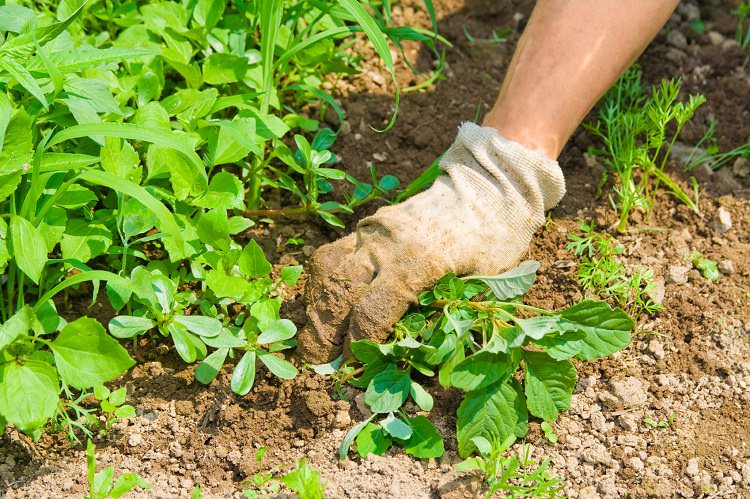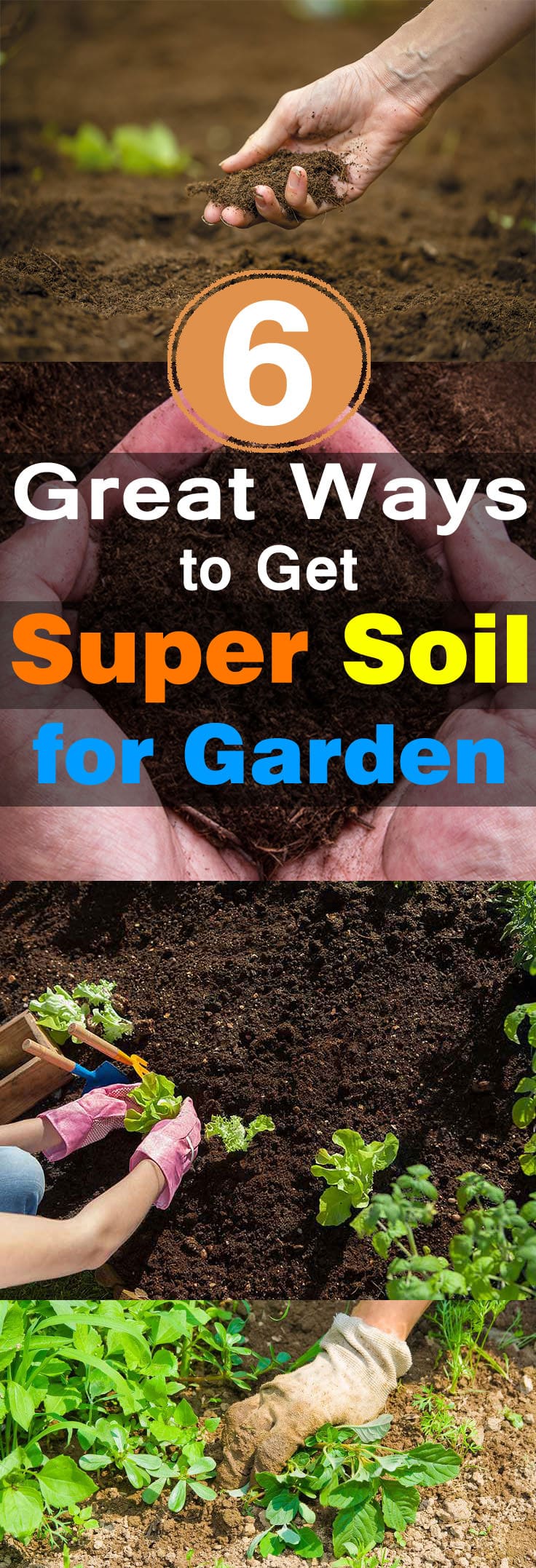To have a productive garden, healthy soil is essential and if you want to improve your garden soil here we’ve 6 Most Important Tips.
6 Ways to Get Super Soil
1. Look out for the color of your garden soil
A pitch-dark soil is best. As a general rule of thumb– Darker soil has more organic content as the substances resulting from decomposition of the organic matter are oxidized and acquire a dark coloration. Here’s an informative article that’ll teach you more about soil color and its effects on plants.
2. Soil texture is also important
Identifying the texture of the garden soil is important too. The best garden soil is loamy in texture. It is neither too porous and nor too compact. The soil must be crumbly, airy, and light. To determine the texture, it is important that you feel it For this, take a handful of soil and drop enough water on it and form a ball. When you press it, it will fall apart quickly (if it is sandy) and you will feel the grit rub. A silt will form a ball, but when you try to roll it out into a ribbon it will crack. A clay soil will roll out into a long ribbon.
However, if the texture of your soil is ideal you’ll be able to form the ball easily and when you press, it will break and fall apart gradually.
3. Notice the depth of your soil
The depth of the soil is as important as the texture and color of the soil. Go to the planting site and dig it with the help of a shovel. If you can dig at least 10-12 inches down (the more the better) without touching the hard layers of earth, it would be better. It is required for the healthy growth of plants as roots penetrate deeply. If the depth of your soil is not sufficient you’ll need to make it deeper.
4. Weed out the weeds
Look out for the existing vegetation at the planting site. If there are unwanted plants (which we call weeds) remove them. The population of weeds will also determine how healthy your soil is. You may need to improve the soil more if even the weeds are unable to thrive at your neglected planting site. Read these weeding tips for help.
5. Don’t avoid the soil testing
For the backyard gardeners, this step is essential to follow– Not only you’ll find out whether your soil is acidic, alkaline or neutral but also the different trace elements and minerals. The test also informs you about the contamination of soil.
Contact your local extension office for soil testing. Unlike many soil testing labs the extension office of your county will do this for free (or at low cost). You can also purchase a test kit that allows you to determine the soil composition. However, this may be costly and you’ll not get plenty of details. Once you find out the pH level and all the details of your soil you can easily balance it to grow your favorite plants.
Also Read: How to Change the Soil pH at Home
6. Add Organic matter
Adding the organic matter always help and you should add well-rotted manure and compost regularly as it adds nutrients to soil naturally and also provides food for microorganisms that live in the soil. The addition of organic matter also improves the texture of the soil.
Also Read: How to Prepare Soil for Vegetable Garden





